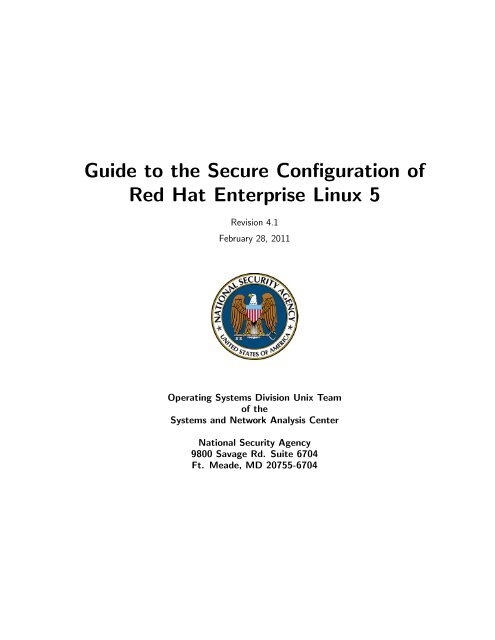

For RedHat based linux OS yum install tcpdump. This snap exports the /var/snap/tcpdump/common/captures as a writable area via the content interface. Many Operating Systems have tcpdump command pre-installed but to install it, use the following commands. $ sudo chown root:snap-daemon $HOME/captures In these cases, you will need to create a directory that snap_daemon can write to. $ sudo snap connect tcpdump:removable-media If want to save pcap files to $HOME or /media, optionally: $ sudo snap connect tcpdump:home If you prefer, you may use '-Z root' to prevent dropping privileges and then write out anywhere in the snap's writable areas. Eg: $ sudo tcpdump -w /var/snap/tcpdump/common/captures/my.pcap To write out captures, the /var/snap/tcpdump/common/captures directory is created with snap_daemon ownership. Tcpdump will drop privileges to the snap_daemon user and group by default.
Redhat install tcpdump archive#
The deb of tcpdump from the Ubuntu archive as a snap.

This snap is not maintained by and instead packages You can use this tool to trackĭown network problems, to detect attacks or to monitor network activities. It can be used to print out the headers of packets on a network interface,įilter packets that match a certain expression. IGMP, SMB, OSPF, NFS and many other packet types. tcpdump is able toĮxamine IPv4, ICMPv4, IPv6, ICMPv6, UDP, TCP, SNMP, AFS BGP, RIP, PIM, DVMRP, 8.2.This program allows you to dump the traffic on a network. don't have a GUI available, you can use the tcpdump command from the shell. Their symbolic representations like &, ||, and ! are also recognized by the expression parser. You can install the wireshark and wiresharkgnome packages from the Internet. The possible values for this qualifier include ether, ip, ip6, arp, tcp, and udp.įinally, the syntax also contains words like and, or, and not, that allows us to combine primitives to build up complex expressions. Some of the possible values for this qualifier are src, dst, src or dst, and src and dst.īesides that, the qualifier proto stands for the protocol of the packets to match. The qualifier dir specifies the direction of the packets. The value host is assumed for an expression if there is no type qualifier specified. The possible values of type qualifiers are host, net, port, and portrange. For example, if a primitive of 80 is specified along with a type port, then the primitive value of 80 stands for port number 80. The type qualifier specifies the type of the primitives. There are three different qualifiers in the syntax - namely, type, dir, and proto.

Besides that, we know that this packet is an IP packet, as the protocol is displayed beside the timestamp. Let’s take a deeper look into one example packet dump: 10:33:18.583077 IP 927e94ccde39.54226 > 192.168.65.4.53: 39122+ AAAA? (34)įrom the output, we can identify the time this packet has been captured. Then, it captures and prints to console any packets going through the interface.įrom the output, we can see the details of the network packet in each row. In this case, it has chosen eth0 as the interface to listen on. When we don’t specify an interface, tcpdump will listen to the lowest numbered interface among the list of interfaces on the system. Install tcpdump if you need a program to monitor network traffic.
Redhat install tcpdump full#
Tcpdump: verbose output suppressed, use -v or -vv for full protocol decode

Let’s run tcpdump with its default configuration, without any flags or expression: $ tcpdump


 0 kommentar(er)
0 kommentar(er)
